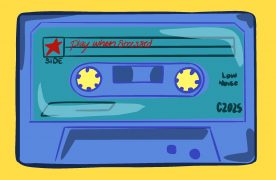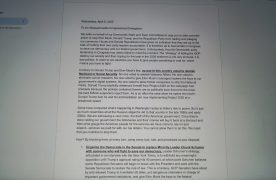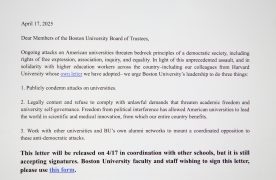Following a slow start to the 2016-17 season, the St. Louis Blues fired head coach Ken Hitchcock. Associate coach Mike Yeo took over for the remainder of the season. It was early 2017, and Hitchcock had already announced he would retire at the end of the season. It didn’t seem like a fair move then, and it still doesn’t sit well now.
That season, St. Louis finished third in the Central Division. In the 2017 playoffs, the Blues made it to the second round, losing 2-4 to the Nashville Predators, who then went on to the Stanley Cup Finals. The Predators lost 4-2 to the Pittsburgh Penguins.
Fast forward to this season — after finishing fifth in the Central Division at the end of the 2017-18 season and missing the playoffs, the Blues are off to yet another slow start. The team sits at the bottom of the Central Division and is second to last in the league, only above the Los Angeles Kings.
As we enter the third month of the season, the time has come to start making moves that will change the direction of teams in a downward spiral. So, naturally, what have the Blues done?
They fired Mike Yeo.
This seems very reminiscent of two seasons ago, except this one has come two months earlier in the season.
While the struggling Blues definitely need something to come around and change their momentum, I’m not sure if jumping back onto the “fire the coach” train was the best move.
Last season, the team was unable to produce enough wins to lift them to the playoffs. It was the first time in six seasons that the Blues missed the postseason.
Heading into the 2018-19 season, St. Louis transformed its roster. Centers Tyler Bozak and Ryan O’Reilly, as well as a familiar face in left winger David Perron, all joined the Blues. The Blues also got rid of centers Patrik Berglund and Vladimir Sobotka in their trade for Ryan O’Reilly, removing players that weren’t producing enough for the team.
With a refreshed roster, why is the team still not playing at the level it is expected to play at? We don’t really know, but fire the coach and see if that helps.
Another firing making headlines is the Philadelphia Flyers’ release of general manager Ron Hextall Monday.
Currently, the Flyers are last in the Metropolitan Division and third to last in the NHL. They are yet another team that is performing worse than expected, but instead of firing their head coach, they immediately fired their general manager.
This move seems a lot less strategic for Philadelphia, especially given the fact that the new general manager can’t necessarily come in and overhaul the team right away. At least with a new head coach, there can be an immediate change in the types of drills and play the team is following. It seems silly to fire the general manager first, but it may be a necessary move for the team if they want to make big trades by the deadline.
One of the criticisms of Hextall was that he was not aggressive enough when making moves for the team. Obviously, hiring a new GM would signal that the team is looking to potentially overhaul itself by the trade deadline in hopes of reviving their chances of making a playoff run during the second half of the season.
Unless the team is going to start trading players immediately, the short-term effect of hiring a new GM will not be noticeable since nothing is directly changing among the players or coaching staff.
As understandable as it is to fire a coach or GM when a team is doing poorly, it seems that the push to fire these individuals is coming earlier and earlier in the season.
Yes, teams want to be competitive, and when a team is experiencing a rough patch in the season, it has become an almost knee-jerk reflex to blame the coach or GM for these issues. But that doesn’t necessarily mean that they should fire their head coach at the first sign of trouble.
When a team is doing poorly, it’s not just the coach’s fault. Sure, the offense might be consistently scoring goals for the team, but if the defensive unit isn’t working at the same level and opponents are outscoring every game, that might not be a coaching issue and more of an issue with cohesion on the team.
I’m not advocating for keeping coaches when the team is driven to the bottom of the rankings, but organizations should take the time to exhaust all of their options looking inward at the team before doing so.











